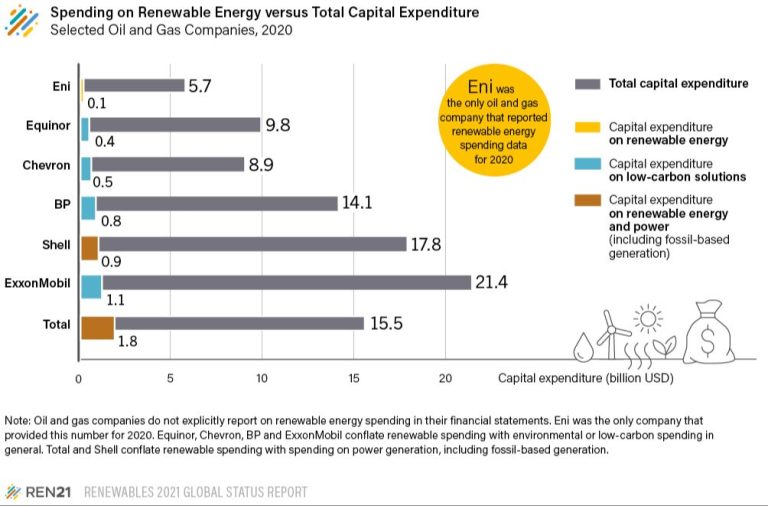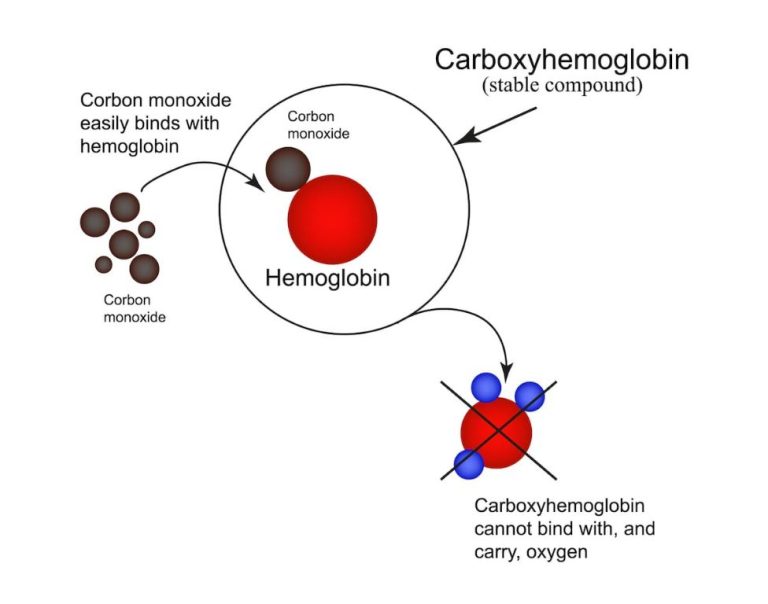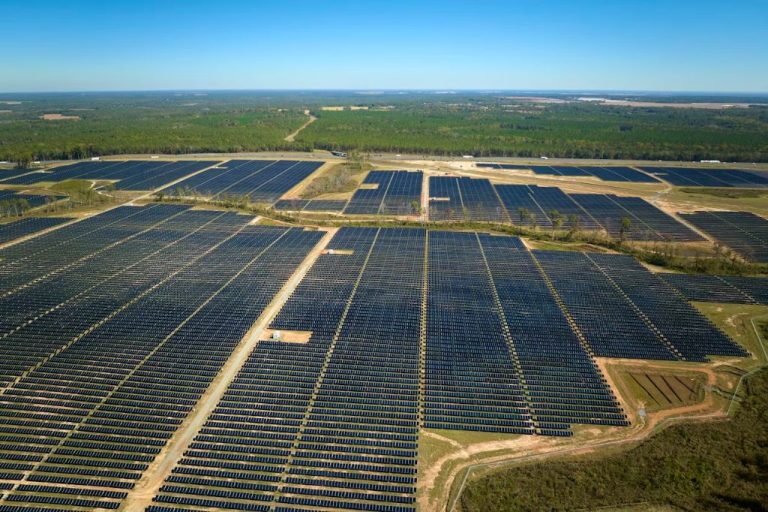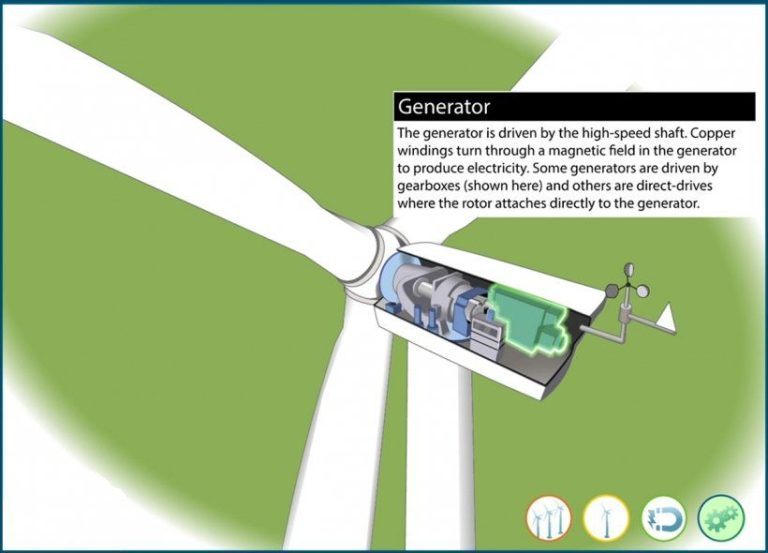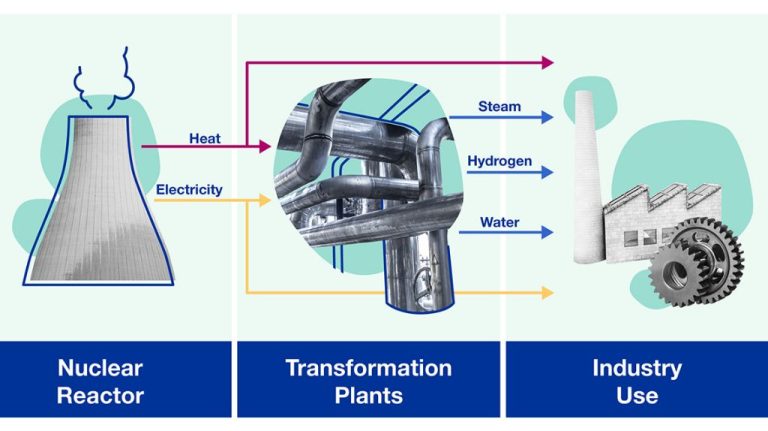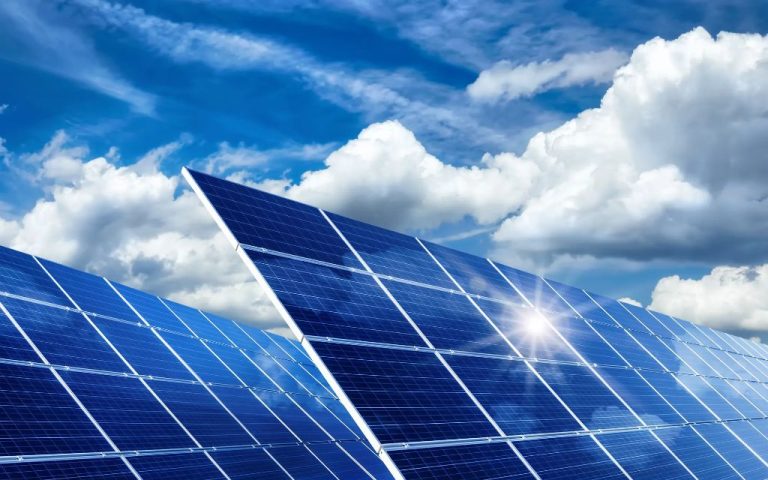What Are The Type Of Resources?
Resources are the basic building blocks of economic activity. They enable us to produce goods and services that satisfy our wants and needs. There are four main types of resources: natural resources, human resources, capital resources, and information resources.
This overview will discuss the key characteristics of each resource type. It will also explore the differences between renewable and non-renewable natural resources, how resources are allocated through markets, and issues like resource scarcity and sustainability. The goal is to provide a broad understanding of resources and their role in production, trade, and economic growth.
Natural Resources
Natural resources are materials or substances that exist in nature and can be utilized for economic gain. They occur naturally within environments like the atmosphere, oceans, rivers, forests, mountains and land itself. Some key examples of natural resources include:
- Water – Fresh water in rivers, lakes, and aquifers that is used for drinking, irrigation, and industrial processes.
- Fossil fuels like coal, oil and natural gas – Formed from ancient organic matter and extracted for energy production.
- Timber – Trees like oak, maple and pine that are harvested and processed into lumber, paper and other wood products.
- Minerals – Metals like iron, copper and aluminum as well as non-metallic minerals that are mined and refined.
- Wind – Kinetic energy harnessed by wind turbines to generate renewable electricity.
- Solar – Radiant light and heat from the sun converted into solar power.
- Geothermal – Natural heat from deep within the earth used to produce geothermal energy.
- Tidal – The rise and fall of ocean tides containing kinetic energy that can generate electricity.
These are just some examples of natural resources that exist in the world. Their quantities are limited so they must be managed carefully to support continued economic development.
Human Resources
Human resources refer to the skills, talents, and abilities that people possess. Some key human resources include:
-
Labor – This refers to the physical and mental effort that human beings contribute to the production of goods and services. It encompasses the workforce and their capabilities.
-
Knowledge & Expertise – The skills, understanding, and accumulated learning that people gain through education, training, and experience. This includes both job-specific expertise as well as general knowledge.
-
Innovation & Creativity – The ability to come up with new ideas, solve problems, and create original works. This is vital for driving advancements in products, processes, and services.
-
Leadership & Management – The capacity to organize, direct, and oversee the operations of an organization. This involves marshaling human, financial, and physical resources.
-
Entrepreneurship – The willingness to take risks and start new ventures. Entrepreneurs identify market opportunities and commercialize innovative products and services.
Developing human resources is crucial for economic growth and development. Education, training, healthcare, and employment opportunities all help strengthen the human resource capabilities of a country.
Capital Resources
Capital resources refer to human-made goods that are used in the production process but are not themselves consumed in the process. Capital resources are things like machinery, tools, buildings, and infrastructure that allow an individual or business to produce a good or service.
Some examples of capital resources include:
- Machinery – Things like tractors, computers, 3D printers, etc. that assist in production.
- Tools – Hammers, wrenches, scissors, and anything else that helps produce a good.
- Buildings – Factories, workshops, offices, and any physical structure used in production.
- Infrastructure – Roads, bridges, railroads, ports, airports, telecommunication networks, etc. that facilitate economic activity.
Capital resources are man-made, in contrast to natural resources like land and minerals. They are not directly consumed in the production process. For example, a tractor assists a farmer in growing crops. The tractor is not used up as the crops grow, and can be used season after season to increase productivity.
Investment in capital resources is crucial for increasing productivity and economic growth. Economies with more and better capital resources can increase output and produce goods more efficiently. Developing and maintaining modern capital resources like buildings, machinery, and infrastructure is essential for businesses and nations to thrive.
Information Resources
Information resources refer to knowledge, data, and intellectual property that provide value. They are a type of resource that isn’t physical or tangible. Some key aspects of information resources include:
Knowledge: The skills, experience, and expertise held by individuals is a valuable information resource. Organizations aim to capture and share the collective knowledge of their employees.
Data: Facts, statistics, and details collected by organizations represent information resources known as data. Data analytics help derive insights from raw data.
Intellectual Property: Creative works like art, literary works, trademarks, and patents are information resources protected by copyrights, trademarks, and patents. Ownership of intellectual property gives competitive advantage.
Information resources are readily available, don’t deplete with use, and can be spread easily. However, collecting, organizing and analyzing information requires effort. Information overload is also a concern. Overall, effectively leveraging information resources is key for organizations today.
Renewable vs Non-Renewable Resources
When looking at natural resources, they can be categorized as either renewable or non-renewable. Renewable resources are those that can be replenished naturally over time, while non-renewable resources exist in finite quantities and will eventually be depleted.
Some examples of renewable resources include:
- Solar energy from the sun
- Wind energy
- Hydropower from flowing water
- Geothermal energy from underground heat
- Biomass from plants and organic matter
These resources are considered renewable because they are continuously replenished by natural processes. The sun keeps shining, the wind keeps blowing, and plants keep growing. We cannot use up renewable resources faster than they are naturally replenished.
Non-renewable resources include:
- Fossil fuels like oil, natural gas, and coal
- Nuclear energy from radioactive elements like uranium
- Minerals and ores
These resources either formed over millions of years ago and exist in fixed amounts (like fossil fuels and minerals), or they are produced from fixed elements with short half-lives (like nuclear energy). Once they are used up, they are gone forever on a human timescale.
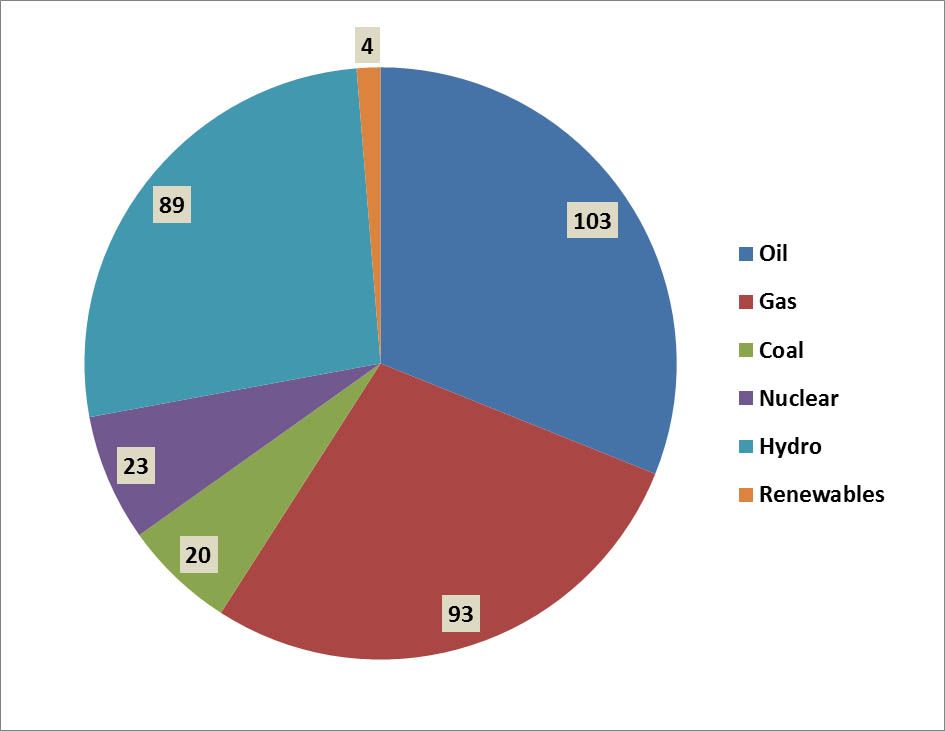
The key difference is that renewable resources can be replaced as we use them, while non-renewable resources cannot. This makes renewable resources more sustainable long-term energy solutions. However, non-renewables currently meet much of our energy demand. There are tradeoffs to consider for meeting both current and future needs.
Allocating Resources
Resources are limited, so societies must determine how to allocate them efficiently. The main mechanisms for allocating resources in market economies are prices, incentives, and policies.
Prices play a key role in allocating resources. When a resource becomes scarce, its price will typically rise. This price signal indicates that the resource has become more valuable and should be conserved. Higher prices disincentivize overuse and incentivize innovation of alternatives. For example, when oil prices rise, people drive less, purchase more fuel efficient cars, and energy companies invest more in renewable energy research and production.
Government policies also influence how resources are allocated. Quotas, taxes, subsidies, and regulations can constrain or incentivize the use of certain resources. For instance, many governments impose carbon taxes to discourage the use of fossil fuels and reduce greenhouse gas emissions. Governments also subsidize renewable energy sources like solar and wind to incentivize their development.
Financial incentives outside of market prices also play a role. For example, rebates and tax credits may be offered to encourage homeowners to invest in energy efficient appliances that conserve electricity. Grants and funding can support the research and development of new technologies that provide alternatives to scarce resources.
In a nutshell, prices, incentives, and policies are the primary mechanisms societies use to efficiently allocate scarce resources and prevent their overuse or misuse.
Resource Scarcity
Scarcity refers to the limited availability of resources relative to people’s wants and needs. All resources, whether natural, human, capital, or informational, are finite. However, the demand for these resources continues to grow as the global population increases. This fundamental economic problem of humans having seemingly unlimited wants and needs but only limited resources to fulfill them causes scarcity.
Resource scarcity can lead to various economic impacts. As a resource becomes more scarce, its price will typically increase if demand remains high. The higher price acts as an incentive for firms to produce more of the scarce resource and for consumers to use less of it. However, higher prices also mean some consumers get priced out of the market. Resource scarcity may also spur technological innovation and more efficient production and usage methods. If alternatives become available, demand can shift away from scarce resources. Nevertheless, scarcity still causes restrictions in production, consumption, and economic growth.
In addition to economic effects, resource scarcity can also have environmental impacts. Extraction and production activities may damage ecosystems and lead to shortages of resources like clean water, timber, or fish stocks. As resources become depleted, biodiversity loss and habitat destruction may accelerate. Pollution from extractive processes can also accumulate faster than ecosystems can absorb. If alternatives are not readily available, people may resort to using lower quality or more environmentally harmful resources. Overall, resource scarcity strains the environment’s ability to replenish resources at the rate they are being consumed.
In summary, the scarcity of natural, human, capital, and informational resources has significant economic and environmental repercussions. Careful resource management and conservation practices are essential to promoting sustainable development in light of finite resources. Technological advances, increased efficiency, reuse and recycling, reduced consumption, and population control can help balance growing resource demand with limited supplies. But ultimately, humanity must recognize the tradeoffs involved when resources become scarce.
Managing Resources
With the rising global population and increasing consumption, it’s crucial that we manage our limited resources carefully and sustainably. Here are some ideas for responsibly managing both renewable and non-renewable resources:
Conservation: Using resources efficiently and reducing overall consumption can help conserve supplies for the future. Simple steps like turning off lights and electronics when not in use, adjusting the thermostat to moderate settings, and reducing food waste can make a big difference. Governments and organizations can also promote conservation through campaigns and regulations.
Recycling: Recycling allows materials like paper, plastic, glass and metals to be reused, reducing the need for new raw materials. Individuals should aim to recycle as much of their waste as possible. Businesses and governments can facilitate widespread recycling by providing collection services and setting up the infrastructure to reuse recycled materials in manufacturing.
Renewable energy: Switching from fossil fuels to renewable energy sources like solar, wind and hydropower preserves non-renewable resources like coal, oil and natural gas. Renewable energy technology is becoming more affordable and widespread. Policies that encourage renewable energy development and consumption are key.
Sustainable forestry: Responsible forestry techniques like selective logging, replanting and thinning can maintain healthy forests that provide resources like timber, fuelwood and habitat while absorbing carbon dioxide. Sustainability helps ensure forests can replenish these resources long-term.
Wiser consumption: Choosing sustainable products and reducing overall consumption of materials, water, and energy-intensive goods and services preserves resources. Buying durable, repairable and eco-friendly products lessens waste and environmental impact.
With some foresight and care, we can transition to more sustainable practices that prudently manage our precious resources for current and future generations.
Conclusion
In summary, there are four main types of resources that are vital to economic production and human well-being: natural resources, human resources, capital resources, and information resources. Each resource serves an important function and contributes unique value.
Natural resources like land, minerals, forests, water and wildlife provide the raw materials we need for energy, construction, manufacturing, and more. Human resources refer to the labor, skills, talents, education and experience that humans contribute to produce goods and services. Capital resources include manufactured and commercial resources like buildings, machinery, technology and financial assets that are used to produce other resources. Information resources encompass data, knowledge and intellectual property that guide resource allocation and productivity.
Understanding the differences between renewable resources like solar energy that can replenish themselves, and nonrenewable resources like oil and gas that exist in finite amounts, is key for sustainability and conservation. Wise management and allocation of scarce or limited resources is also crucial for long-term viability and success.
Overall, each type of resource serves a vital economic function. Balancing the use of natural, human, capital and information resources is essential for productivity, development and human welfare.

